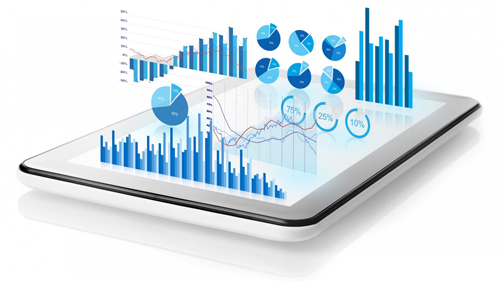BI and Analytics
BI And Visualization
To make highly informed decisions quickly,
organizational leaders need to be able to access and interpret data in
real-time. Information, and the ability to decipher and act on it swiftly, has
become a competitive differentiator. To identify new business opportunities
ahead of the market, business leaders require the ability to access, evaluate,
comprehend, and act on data faster and more effectively than ever
before.
Our expertise in the Business Intelligence and Visualization practice enables us to tap data from disparate sources and multiple formats to provide you with actionable insights, right business metrics and visualization for informed decision making. We crunch the data at the backend and present a meaningful information for decision making on the front-end.

Smart Dashboards
If you are looking for a flexible business intelligence system that's powerful
enough to crunch complex data, then AnalyticWorxs "SMART DASHBOARDS" are the
right choice for you. Businesses today need BI tools to measure their
industry-specific metrics and KPIs, and provide on-time, ask-any-question data
analysis, for department heads, high-level executives and any business user to
make the best decisions possible.
With AnalyticsWorxs "SMART DASHBOARDS":
- See interactive BI reports in action
- Get stunning custom dashboards built to your specs
- Slice and dice data fast with dynamic controls
- See performance of different brands, profile buyer segments and understand the sales funnel
- Identify the most profitable sub-regions and important buyer demographics
- Prioritize best selling brands and work out the impact of product condition on brand sales
- View the sales funnel and potential bottlenecks to improve conversions
Big Data Visualization
One of the most valuable means through which to make sense of big data, and thus
make it more approachable to most people, is through data visualization. Data
visualization is way finding, both literally, like the street signs that direct
you to a highway, and figuratively, where colors, size, or position of abstract
elements convey information. In either sense, the visual, when correctly
aligned, can offer a shorter route to help guide decision making and become a
tool to convey information critical in all data analysis.
Let our BI Experts show you the way:
- Get the right amount of interactivity to derive actionables from your Big Data
- Navigate through dashboards with ease, with the user friendly designs
- See analytics presented visually in our professionally designed dashboards
- Grasp difficult concepts with ease or identify new patterns in data
